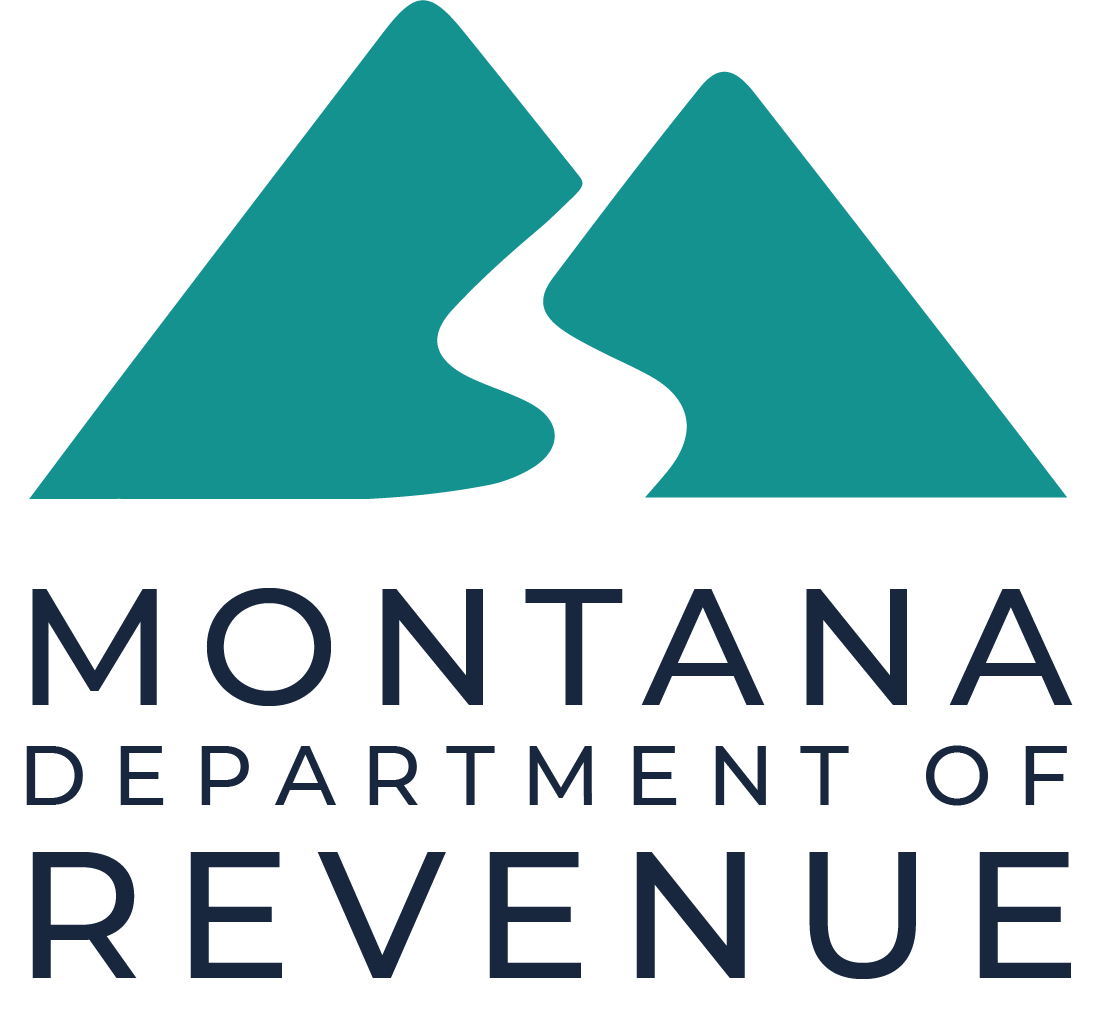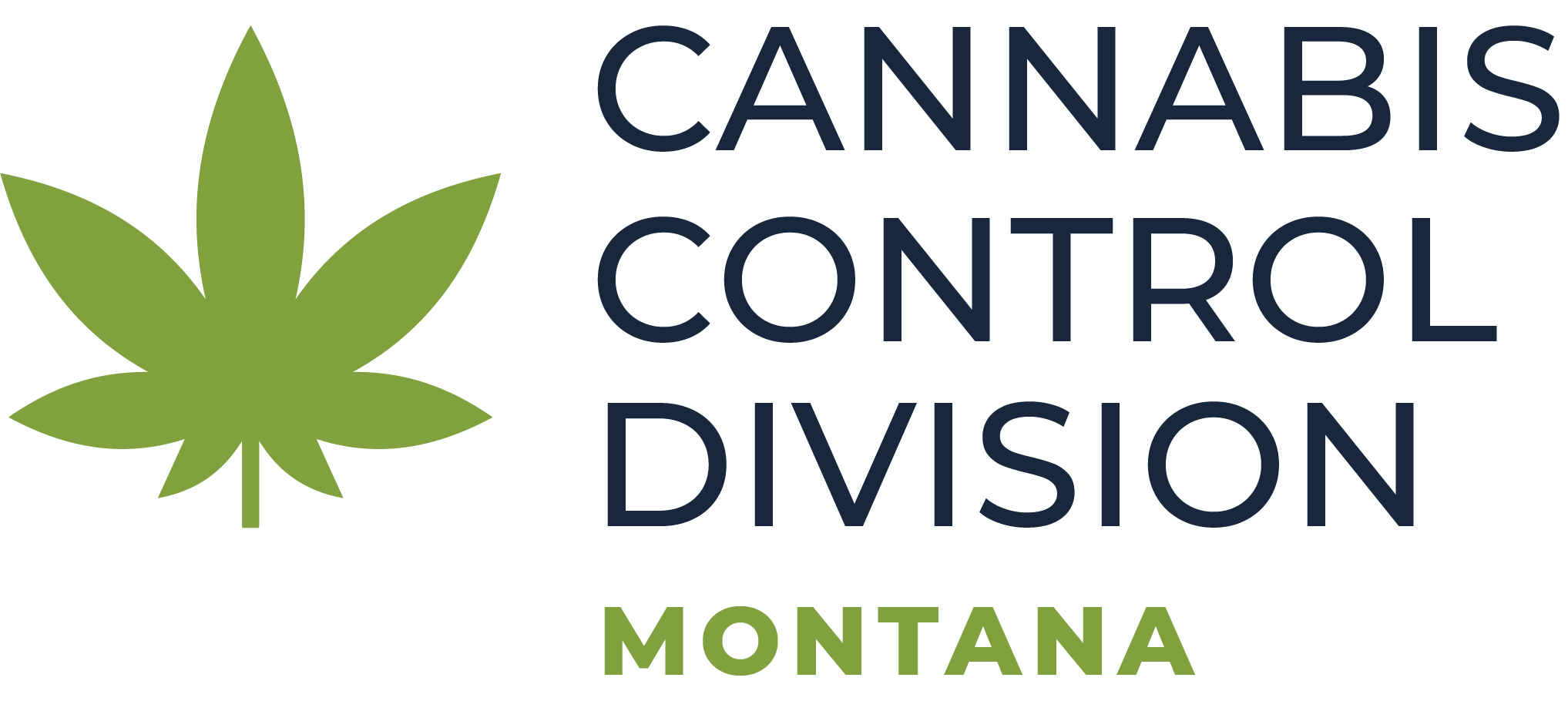Many individuals are under the assumption that hemp and marijuana are two different species of plant, but they are not. These are just two different names for cannabis, a type of flowering plant in the Cannabaceae family.
Both hemp and marijuana contain delta-9 THC, which can be described as the active ingredient in marijuana that makes an individual feel “high”. However, hemp contains less than 0.3% delta-9 THC, while marijuana consumed for medical and adult-use purposes contains 0.3% (or more) delta-9 THC.
As hemp contains less than 0.3% delta-9 THC, it is legally classified as a commodity crop and a non-intoxicating product.
Adult-use marijuana remains illegal at the federal level. However, it has been legalized in 21 states: Guam, the Northern Mariana Islands, the U.S. Virgin Islands, and Washington, D.C. Additionally, another 10 states have decriminalized the possession and consumption of marijuana for adults.
There are additional differences between hemp and marijuana.
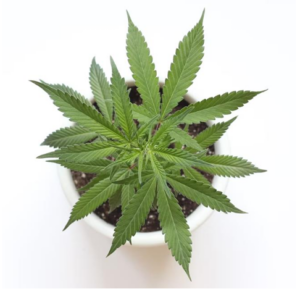
- Hemp is cultivated and harvested for a variety of products and uses, including rope, fabrics and cloth, supplements, biofuels, and other materials.
- Marijuana is cultivated and harvested for medical and adult-use consumption. It is commercially available in the form of marijuana flower, marijuana ingestibles (edibles or drinks), marijuana non-ingestible products (like balms or salves), and marijuana concentrates and extracts.


- Hemp is cultivated and harvested for a variety of products and uses, including rope, fabrics and cloth, supplements, biofuels, and other materials.
- Marijuana is cultivated and harvested for medical and adult-use consumption. It is commercially available in the form of marijuana flower, marijuana ingestibles (edibles or drinks), marijuana non-ingestible products (like balms or salves), and marijuana concentrates and extracts.

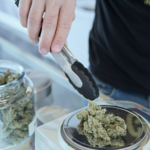
- Delta 9-THC and CBD derive from the same plant, and both possess the same chemical formula. However, their atoms are arranged differently. The difference in the arrangement of their atoms distinguishes their chemical properties and is why CBD is non-intoxicating.
- Hemp plants generally contain more CBD than THC, while marijuana plants tend to contain the opposite content.
- CBD can be produced naturally from the plant. It can also be produced synthetically (by chemical or biological processes) in a laboratory.
- Per ARM 42.39.401, the Cannabis Control Division prohibits all marijuana and marijuana products that contain any synthetic cannabinoids, including CBD. All cannabinoids in marijuana and marijuana products must be naturally occurring (i.e., they cannot be produced in a laboratory).
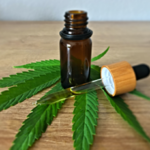
- Industrial hemp has been legal to grow in the United States since 2018, per The Agriculture Improvement Act of 2018 (also known as the Farm Bill Act of 2018). It is legal to grow industrial hemp anywhere in the country. However, each state has its own regulations pertaining to the cultivation and sales of industrial hemp.
- Industrial hemp cultivators must register with their state’s Industrial Hemp Program to ensure they are complying with The Agriculture Improvement Act of 2018. The state of Montana’s hemp program is regulated and enforced by the Montana Department of Agriculture.
- Legal marijuana is under regulation, enforced by the authority of their assigned state agency in the state of operations. States have different rules pertaining to the cultivation and sales of marijuana. The Cannabis Control Division at the Montana Department of Revenue enforces and regulates both medical and adult-use marijuana for the state.
- To date, 39 states have some form of allowable medical marijuana cultivation and sales. Another 19 states (Montana included) allow for the cultivation, manufacture, and sales of adult-use marijuana.
- Marijuana remains illegal at the federal level as it is listed as a Schedule I drug under the 1970 Controlled Substances Act.

While marijuana and hemp come from the same plant, there are fundamental differences in how they grow, their chemical properties, the purpose that they are cultivated for, and their legal statuses at the federal level.
Resources
Hemp and Marijuana (downloadable PDF)
